As students in SFS Professor Thomas McNaugher’s Gettysburg: Strategy and the Civil War class walked the expansive terrain of the Gettysburg battle site, the land seemed almost alive, as if the ghosts of history could emerge at any moment. Everything the students had learned in the seminar would culminate in this field trip experience, which took them from DC to the rolling hills of Pennsylvania.
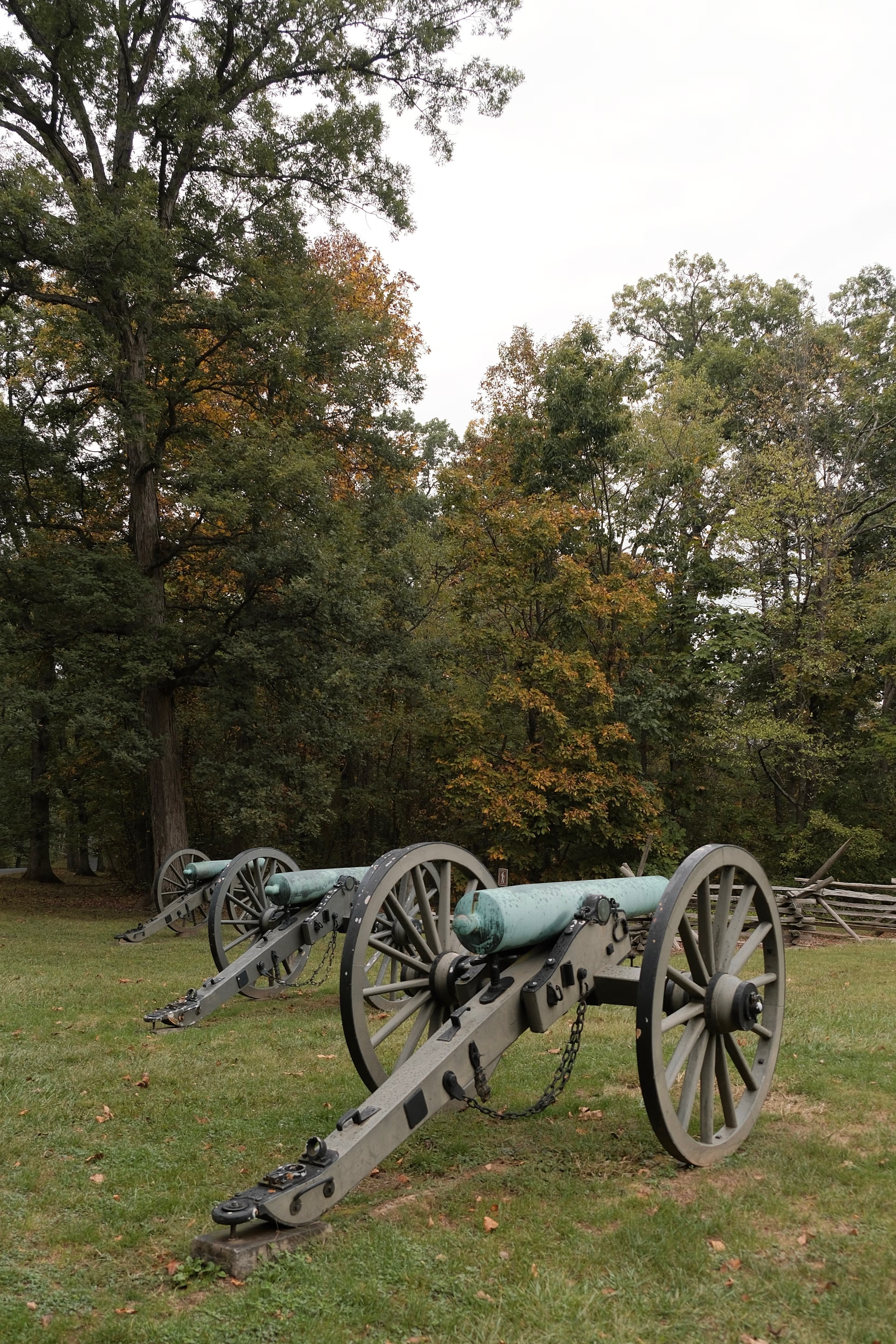
McNaugher, an adjunct professor in the Security Studies Program (SSP), had been taking graduate SSP students to Gettysburg for several years when Professor Daniel Byman, then SFS vice dean of the undergraduate program, asked if he’d be willing to include undergraduates as well. Not only did McNaugher agree, but he went a step further by creating a course on military strategy and the Civil War that would help further contextualize the field trip for undergraduate students.
Gettysburg: Strategy and the Civil War is a part-of-term seminar that situates the Battle of Gettysburg as “the defining battle of the defining war of American history.” After placing the battle in its broader historical and military context, the curriculum explores strategic debates and the technological and social forces that shaped mid-nineteenth century warfare. At its core, McNaugher says, the class aims to “highlight the power of the past,” describing how the final lecture unpacks the failure of post-Civil War Reconstruction that has “[left] many issues unresolved to this very day.” He also emphasizes the modern relevance of studying Gettysburg, noting that “today’s politics, one might say, is war by other means.”
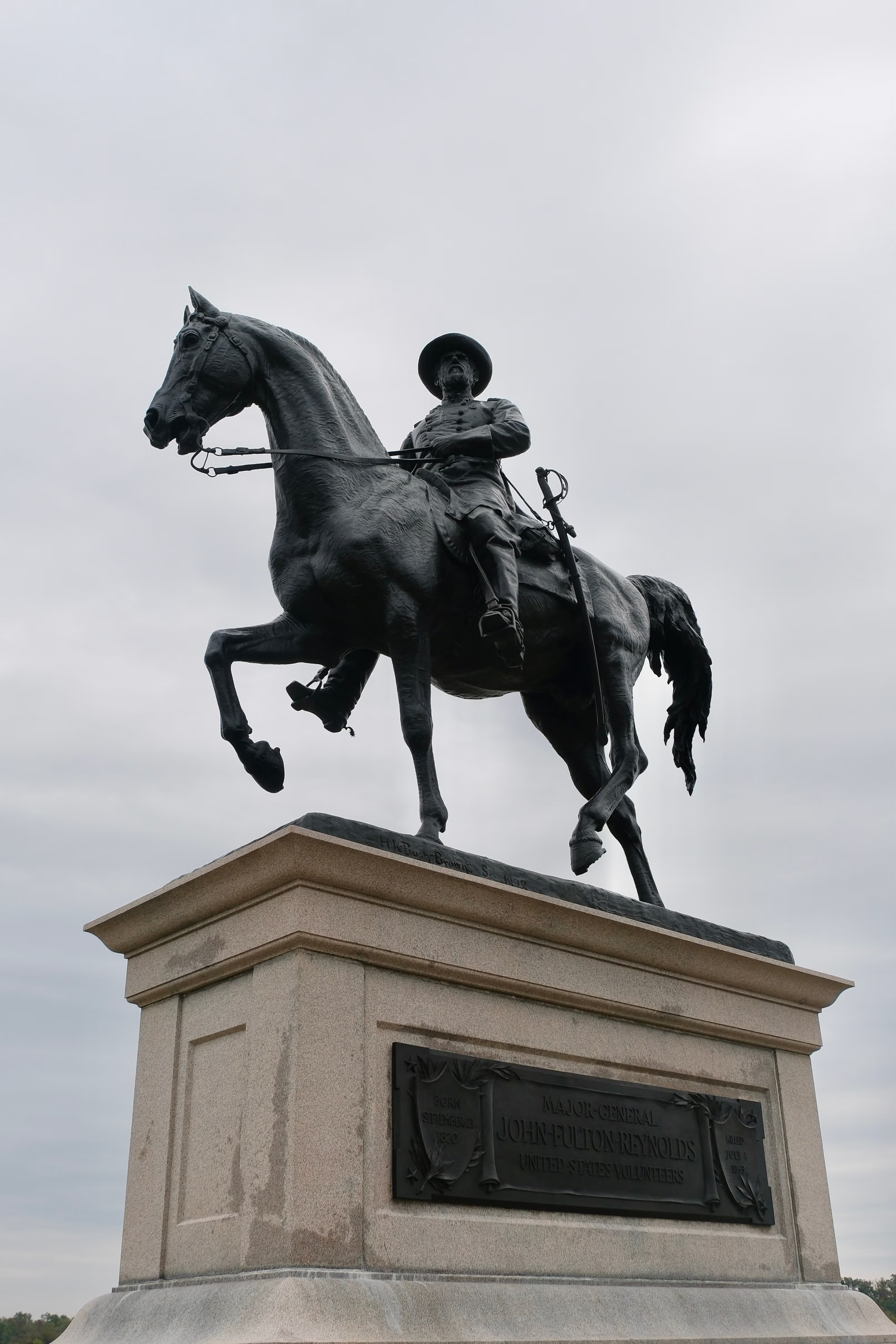
The course, which consists of only three two-hour classes and one day-long field trip, is designed to fully immerse students in the battle through highly focused learning. This fits into the spirit of these short-term seminars, which McNaugher says were designed to “expose students from around the university to fields…that they might otherwise never sample.”
Julian Tan (SFS’26), an international politics major, has always been fascinated by the Civil War but was particularly drawn to this class to learn more about how military history informs modern warfare and security. He also appreciated the unique structure of the course, adding that “having a part-of-term seminar means we can still learn about a topic in-depth without having the same semester-long workload and commitment as our other courses.”
The kind of specialized, experiential seminar gives students a front row seat to history. Following the events of the battle in chronological order, McNaugher and his students began their tour where Union and Confederate forces first clashed north of town, before heading south to Little Round Top, where much of the second day’s fighting occurred. They ended with a walk across the field of Pickett’s Charge—the infamous climax of the third day.
That level of immersion stood out to Tan: “We spent weeks prior to the field trip in the classroom learning about the battle in detail, so seeing the actual landmarks and sites really made the trip enriching.” In particular, Tan recalls how powerful it was to grasp the battlefield’s scale, adding that “it was hard to imagine the scale of [Pickett’s Charge] until we walked the exact mile-long open field ourselves.”
Tan also documented the experience through his camera lens—not just to collect keepsakes for himself and his classmates, but to connect more deeply with the history. The Civil War, he explains, was fought during the early days of photography, leaving behind many images of daily life but few of the battles themselves, which artists instead captured through paintings.
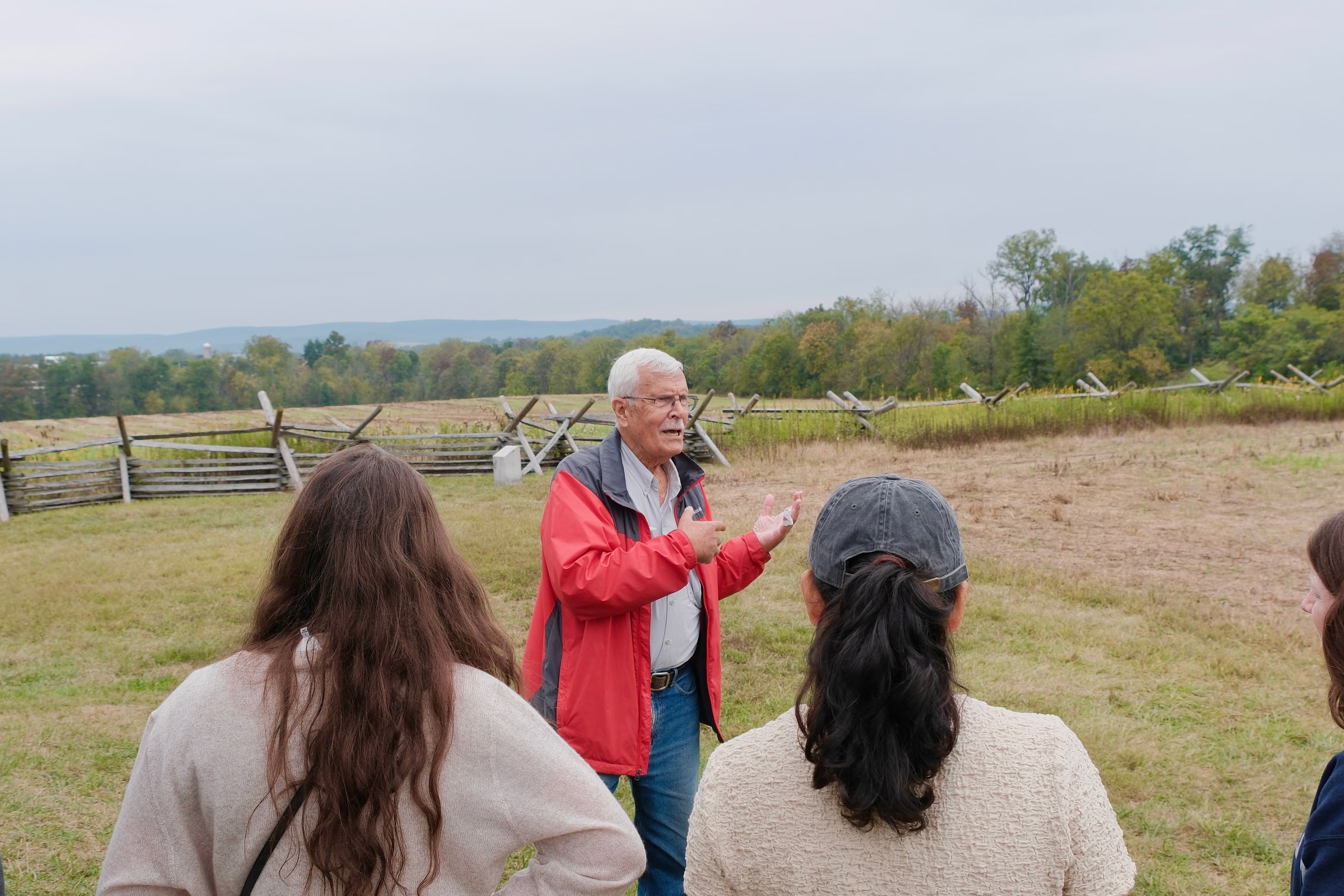
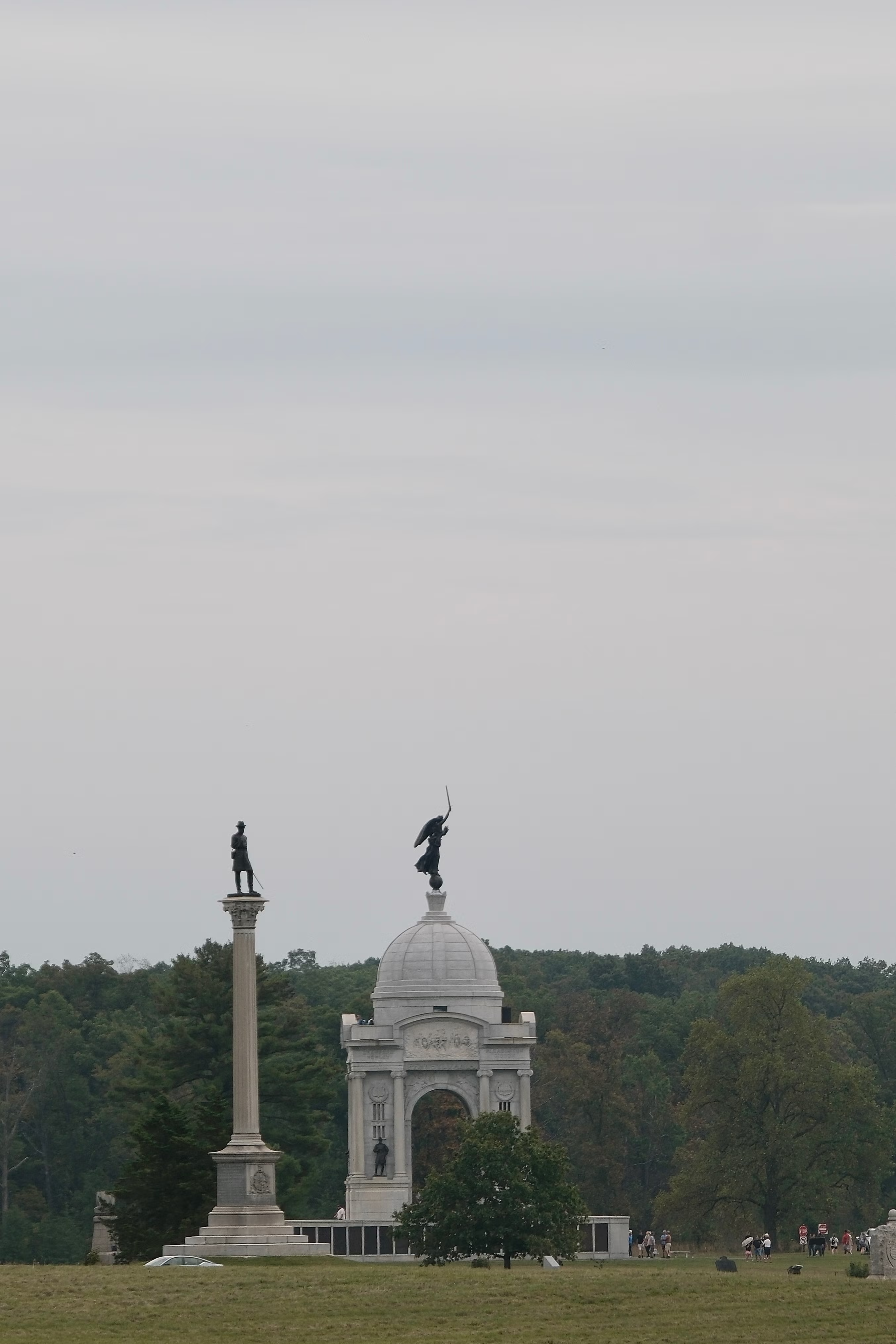
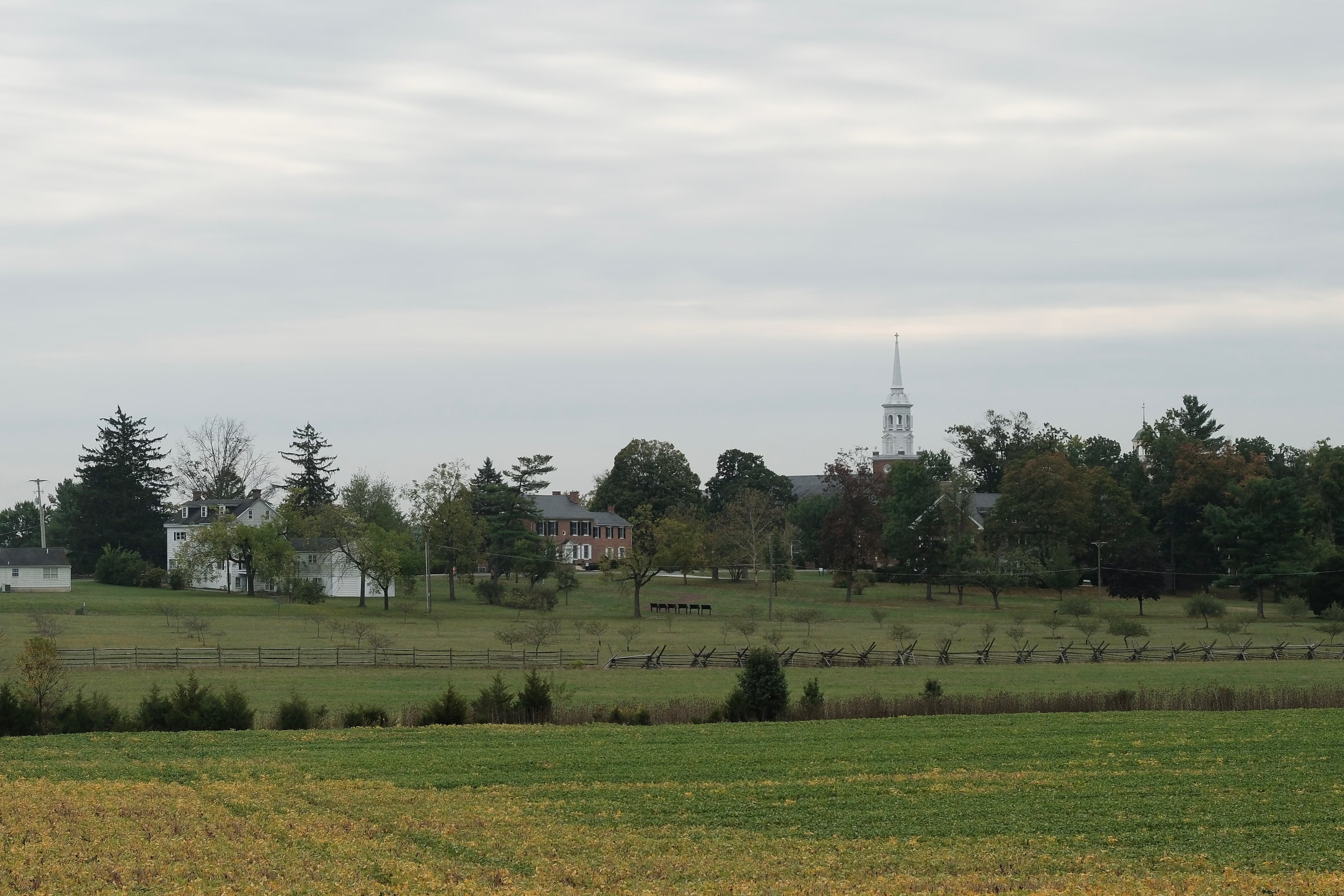
“We looked at many of these pictures and paintings in class, so I felt the urge to capture these same sites with my camera,” Tan says. “Taking photos of the battlefield today was a way to document the landscape, capture the emotion of the historical site and even imagine what it was like to be there when it actually happened.”
According to McNaugher, visiting the battlefield “highlights virtually every challenge to controlling war—fog, friction and the fact that the enemy gets a vote—giving students a visceral sense of why luck and chance figure so prominently in the conduct of battle.” He considers Gettysburg one of the most iconic sites in American history, calling it “a battlefield every American should visit if they get the chance.”
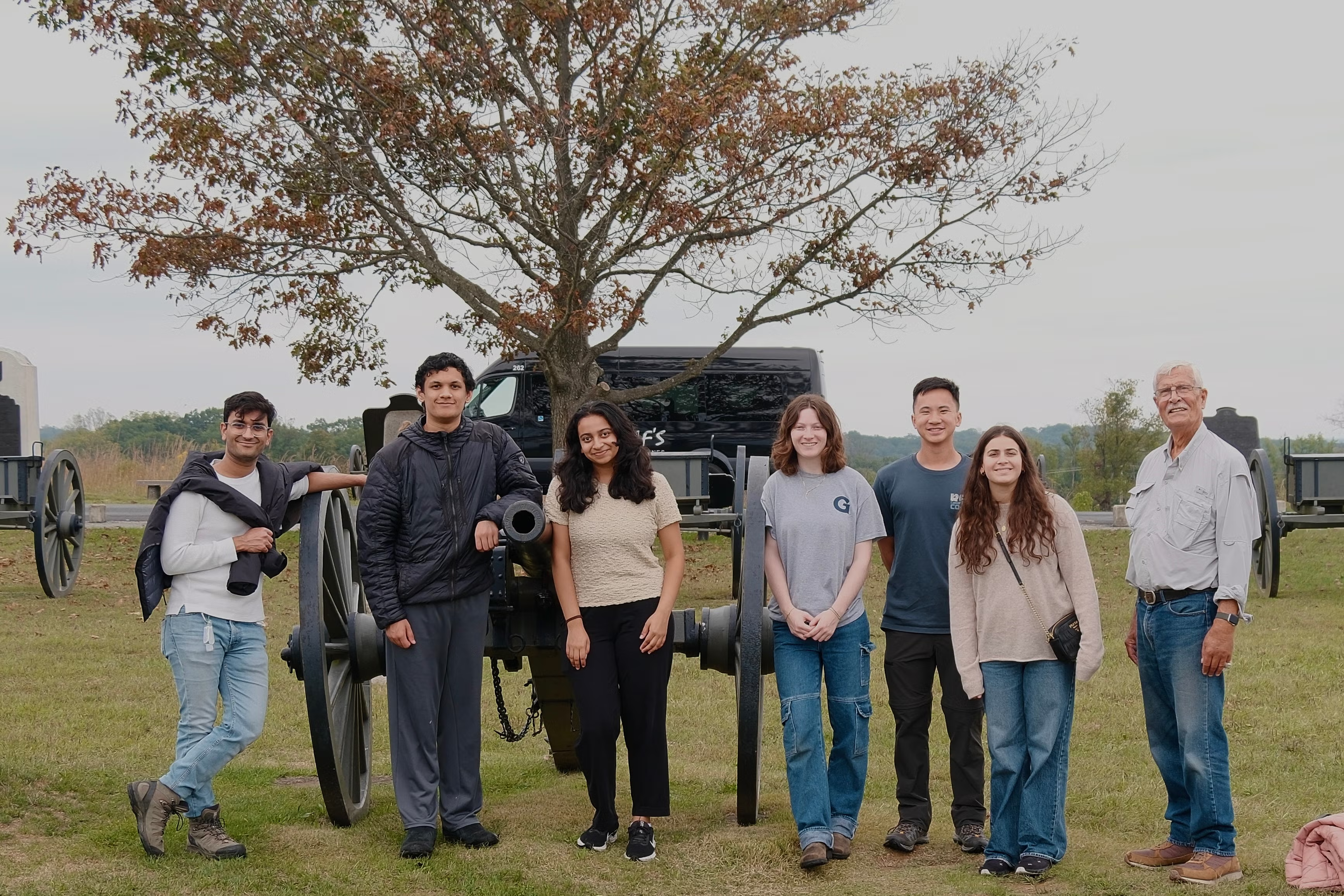
Photos courtesy of Julian Tan (SFS’26)
